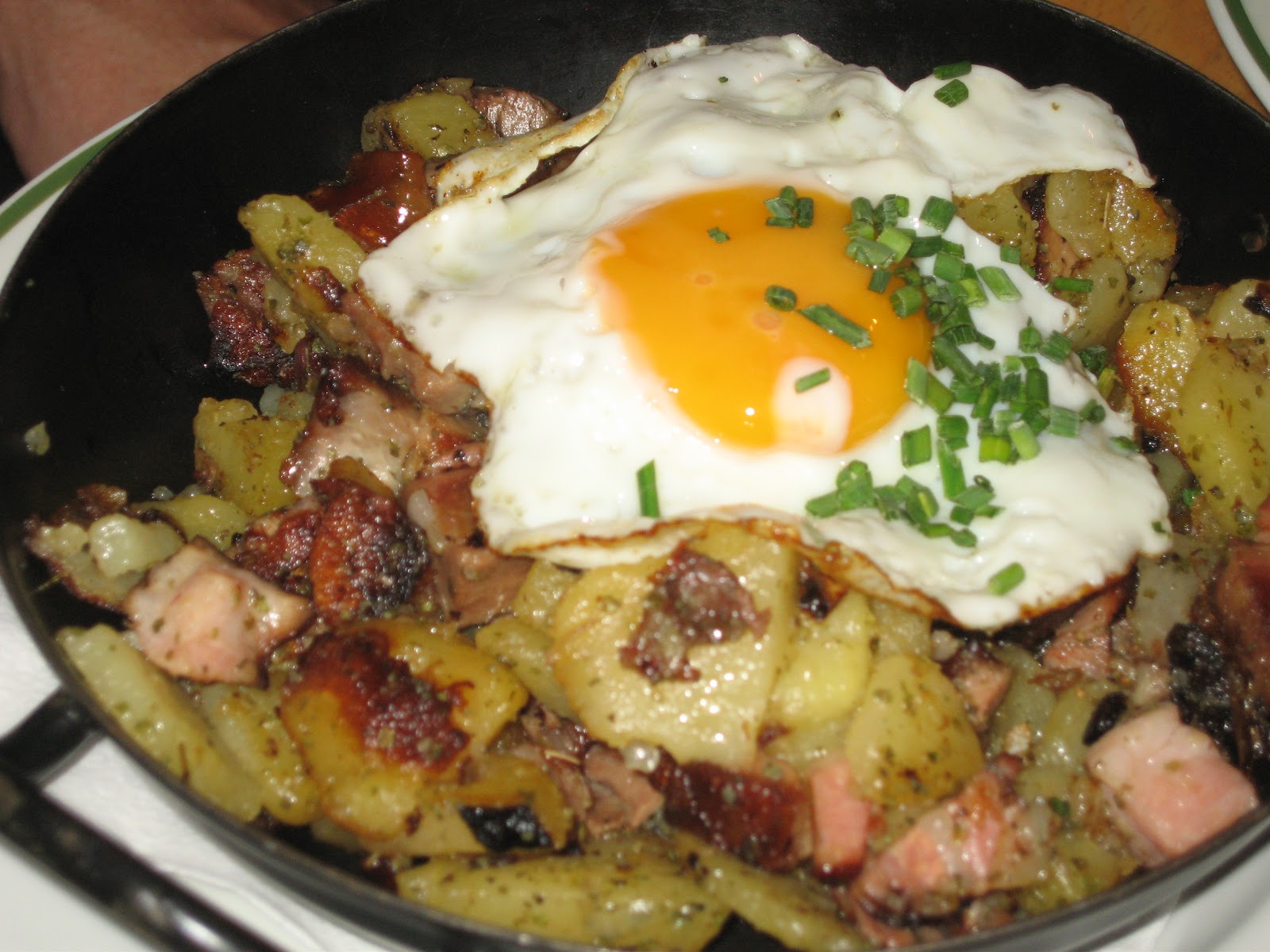Calabrese Hot Antipasto
It might look like a complicate recipe, but a little effort once in a year can bring to you delicious moments throughout the rest of the year.
Ingredients
1 cauliflower, cut into bite sized florets
4 carrots, peeled and cut on the diagonal into 1/2-inch slices
4 inner celery ribs, cut on the diagonal into 1/2-inch slices
1/2 cup white wine vinegar
3/4 pound small fresh button mushrooms
1 jar (7 1/2 ounces) pepperoncini (pickled green peppers)
1 (3-ounce) can pitted black olives, drained
1 (5-ounce) jar pimiento stuffed Spanish olives, drained
1 (12-ounce) jar baby kosher dill pickles, drained and sliced 1/2 inch thick
1 (7 1/2-ounce) jar pickled onions
1 (6 1/2-ounce) jar marinated artichoke hearts, drained
1/4 cup extra-virgin olive oil
1 (7-ounce) can imported olive oil packed tuna, drained
1 (2 ounce) tin anchovies with capers, drained
For the sauce:
1/2 cup ketchup
1 1/2 teaspoons Worcestershire sauce
1 1/2 teaspoons prepared horseradish
3/4 cup canned tomato sauce
1/4 cup tarragon vinegar, plus more for jars
1 1/2 teaspoons brown sugar
1 clove garlic, minced
6 tablespoons fresh lemon juice
Cayenne pepper
Sea salt, preferably gray salt
Directions
Place all of the prepared and drained vegetables in separate bowls and reserve their juices.
In a large saucepan, combine ketchup, Worcestershire, horseradish, tomato sauce, tarragon vinegar, brown sugar, garlic, lemon juice, and cayenne. Bring to a simmer over medium heat. Season, to taste, with salt.
Bring a large pot of water to a boil and salt it generously. Blanch the cauliflower for about 2 minutes; it should still be crisp. With a skimmer, transfer the florets to a tray to cool quickly. Repeat with the carrots and then with the celery, cooking them just long enough to remove their raw taste; they will be cooked more later. Add the white wine vinegar to the water and blanch the mushrooms for 1 minute (the vinegar will keep the mushrooms white). Drain and spread the mushrooms on a tray to cool quickly.
Add the cauliflower, carrots, celery, and mushrooms to the sauce. Add the juices from the canned and jarred vegetables. Add the pepperoncini, olives, pickles, onions, and artichoke hearts and toss well.
In sterilized canning jars, place 1 teaspoon tarragon vinegar (this will guarantee freshness). Load the sauced vegetables into the jar, using a wide-mouthed funnel to avoid a mess.
In one of the large pans that you have used, add olive oil, tuna, and anchovies and mix well. Top each jar with some of the tuna mixture. Cover and refrigerate, or allow to cool on the counter before serving. This will keep in the refrigerator for up to 2 weeks.
Sterilizing Jars
Properly handled sterilized equipment will keep canned foods in good condition for years. Sterilizing jars is the first step of preserving foods.
Tips:
Jars should be made from glass and free of any chips or cracks. Preserving or canning jars are topped with a glass, plastic or metal lid, which has a rubber seal. Two-piece lids are best for canning, as they vacuum-seal when processed.
To sterilize jars before filling with jams, pickles or preserves, wash jars and lids with hot, soapy water. Rinse well and arrange jars and lids open sides up, without touching, on a tray. Boil the jars and lids in a large saucepan, covered with water, for 15 minutes.
Use tongs when handling hot sterilized jars, to move them from boiling water. Be sure tongs are sterilized too, by dipping the ends in boiling water for a few minutes.
As a rule, hot preserves go into hot jars and cold preserves go into cold jars. All items used in the process of making jams, jellies and preserves must be clean. This includes any towels used, and especially your hands.
After the jars are sterilized, you can preserve the food. It is important to follow any canning and processing instructions included in the recipe.
Recipe courtesy Michael Chiarello. Read more at: http://www.foodnetwork.com/recipes/michael-chiarello/calabrese-antipasto-recipe/index.html?oc=linkback


